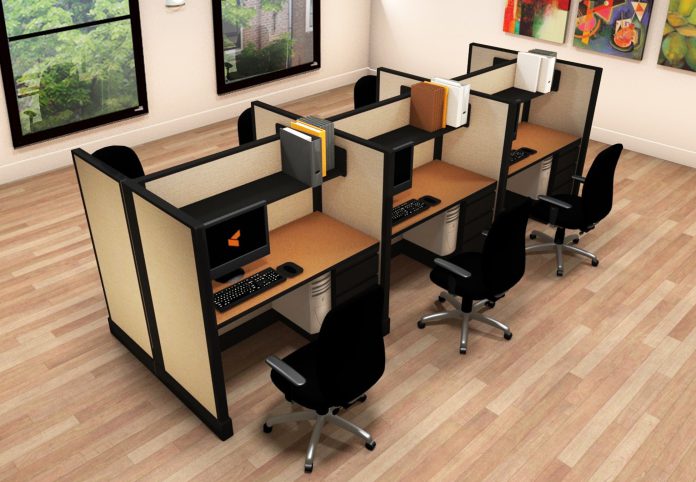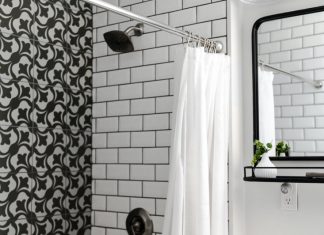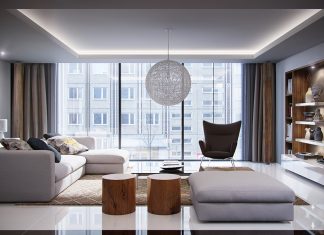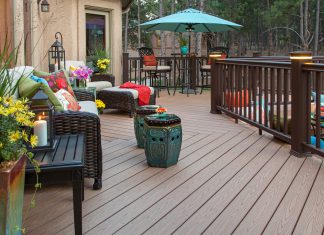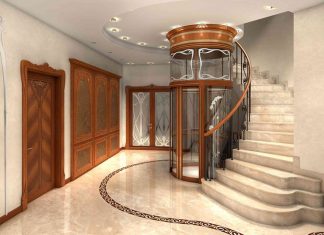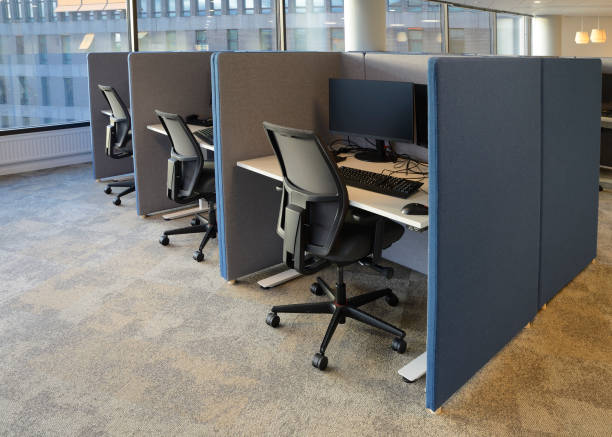
Introduction to Cubicle Office
In the realm of modern office culture, the cubicle stands as an enduring symbol. Love it or loathe it, the cubicle has become an intrinsic part of the corporate landscape since its inception in the mid-20th century. From its humble beginnings to its controversial reputation today, the cubicle office has shaped not only physical work environments but also our collective perception of work itself.
Origins and Evolution
The cubicle’s story begins in the late 1960s, with the innovative mind of Robert Propst. A designer working for the Herman Miller furniture company, Propst envisioned a flexible office system that would provide workers with both privacy and collaboration opportunities. This vision materialized into what we now know as the Action Office system, introduced in 1968.
The initial concept was a far cry from the soul-crushing cubicles often depicted today. Propst’s design featured modular panels that could be rearranged to create personalized workspaces, fostering a sense of autonomy and creativity. However, as the concept gained popularity, cost-cutting measures and a shift towards maximizing space led to the birth of the standardized cubicle we recognize today—a uniform grid of partitioned workstations.
The Rise of the Cubicle Farm
The 1980s saw the widespread adoption of cubicle offices by corporations eager to optimize space and minimize costs. This era marked the rise of what came to be known as the “cubicle farm,” vast expanses of interconnected cubicles stretching across office floors like monotonous cityscapes.
For many workers, the cubicle farm represented a double-edged sword. On one hand, the partitions offered a semblance of privacy in an otherwise open environment, shielding employees from distractions and creating a sense of personal territory. On the other hand, the lack of natural light, limited mobility, and monotonous aesthetics contributed to feelings of isolation and stagnation.
The Psychological Impact
The cubicle office’s influence extends beyond mere physical space—it has a profound psychological impact on those who inhabit it. Studies have shown that prolonged exposure to cubicle environments can lead to feelings of depersonalization, stress, and decreased job satisfaction. The lack of visual and social stimuli inherent in cubicle setups can also hamper creativity and collaboration, stifling innovation within organizations.
Moreover, the rigid hierarchy often reinforced by cubicle layouts can exacerbate power dynamics and inhibit communication between employees and management. The physical barriers separating workers can symbolize a metaphorical divide, hindering teamwork and fostering a sense of “us vs. them” mentality.
Adapting to Change
In recent years, the traditional cubicle office design has come under scrutiny as organizations strive to create more dynamic and inclusive work environments. Companies like Google and Facebook have pioneered open-office layouts, tearing down cubicle walls in favor of collaborative spaces designed to foster creativity and cross-departmental interaction.
However, the pendulum seems to be swinging back towards a middle ground, as research suggests that neither extreme—complete openness nor total isolation—optimizes productivity and well-being. The concept of the “activity-based workplace” has gained traction, offering employees a variety of settings tailored to different tasks and preferences, from quiet focus areas to communal hubs for brainstorming and socializing.
Looking Ahead
As we navigate the ever-evolving landscape of work, the cubicle office remains a symbol of both progress and stagnation. While its inception revolutionized office design and paved the way for modern workplace concepts, its shortcomings have prompted a reevaluation of how we structure and utilize space in the digital age.
The future of the cubicle office may lie in its adaptation rather than its elimination. By incorporating elements of flexibility, autonomy, and human-centric design, organizations can create environments that empower employees to thrive both individually and collectively. Whether it’s through modular furniture systems, biophilic design principles, or remote work policies, the evolution of the cubicle office reflects our ongoing quest to strike a balance between efficiency and humanity in the modern workplace.
